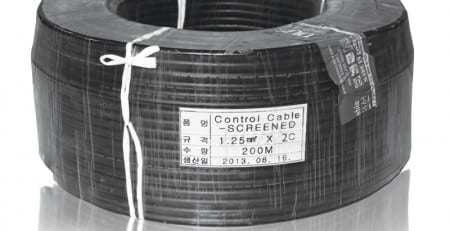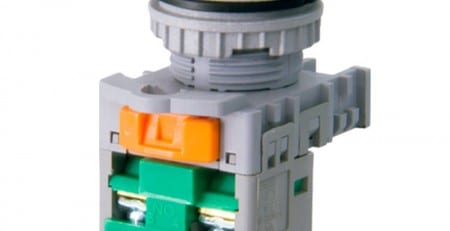Uses of protective relays
1. Uses of protection relays:
During the operation of the electrical system, problems and abnormal working conditions of the equipment may occur. In most cases, the faults are accompanied by high current surge and relatively low voltage drop especially short circuit problems. The high current flowing through electrical equipment generates heat Excessive allowable lead to aging insulation, equipment damage. Low voltage leads to electrical equipment not working properly (motor speed reduction, transmission capacity reduction of lines, …).

Unusual operating modes cause voltage and frequency to deviate from the allowable limits and if this condition is prolonged, problems may occur.
In short, incidents disrupt the normal operation of the system in general and electricity-consuming households in particular, and abnormal working modes can create the risk of incidents.
Therefore, in order to maintain the normal operation of the system and consumers when a fault occurs, it is necessary to detect and eliminate the fault point as quickly as possible from the system. Only automatic protection equipment can fulfill the above requirements. This device is called a relay protector.
Modern systems cannot work stably without relay protection devices, which continuously monitor the status and working mode of all the elements in the system. In the event of a fault, the protection of the relay detects and separates the fault point by means of circuit breakers. When an abnormal working mode occurs, the guards will detect and depending on the request can act to restore the normal working mode or give a signal to the operator on duty.
2. Requirement for protection relay:
a.Trust
It is a feature that ensures the protective equipment to work in the event of a fault, distinguishing between:
– Impact reliability: The ability to work properly when a fault occurs within the defined range of the protection.
– Reliability without impact: “The degree of certainty that the Role or relay system is not malfunctioning” – is the ability to avoid misoperation in normal working mode or failure to occur. outside the defined range of the guard.
b.Selective
Is the ability of a protection to detect and properly exclude the faulty element from the system, based on the working principle of the protection, the protections are divided into: absolute selectivity protection, high degree of protection. relative selectivity
-Absolutely selective: A protection that only works when a fault occurs in a completely defined range, does not act as a backup for neighboring elements. Example: Differential protection.
– Relative selectivity: In addition to protecting the protected object, it can also perform a backup function for neighboring elements. To perform this function, it is necessary to closely coordinate the working characteristics of the guards in the system.
c.Fast-acting
In order to reduce the influence of short-circuit currents on equipment, increase the ability to re-close the lines and collectors with electrical power equipment, reduce the time consuming households have to work with low voltage… the equipment Protection must act as quickly as possible. However, the setting of the action time for the device needs to be closely coordinated with the selectivity requirements.
Normal primary protection has a duration of about 0.2 – 1.5s, backup protection is about 1.5 to 2s.
d.Sensitivity
Characterizing the fault sensing ability of a Role or a protective role system, it is expressed as a sensitivity factor:
Primary protections usually have a sensitivity of 1.5 – 2, backup 1.2 – 1.5.
e.Economics
For high-voltage grids (≥ 110kV), the installation of protective devices usually only accounts for a few percent of the value of the work, so usually the price of protective equipment is not a decisive factor in the selection of the power line. type or supplier for protective equipment, the important basis for selection is the four technical requirements mentioned above. Failure to meet those requirements will lead to very bad consequences for the electrical system.
For medium-voltage and low-voltage grids due to the large number of elements to be protected, and the requirements for protective devices are not as high as those of power plants, high-voltage and ultra-high-voltage transmission grids. Therefore, it is necessary to consider the economic factor in the selection of protective equipment to ensure the technical requirements with the minimum cost.









Leave a Reply